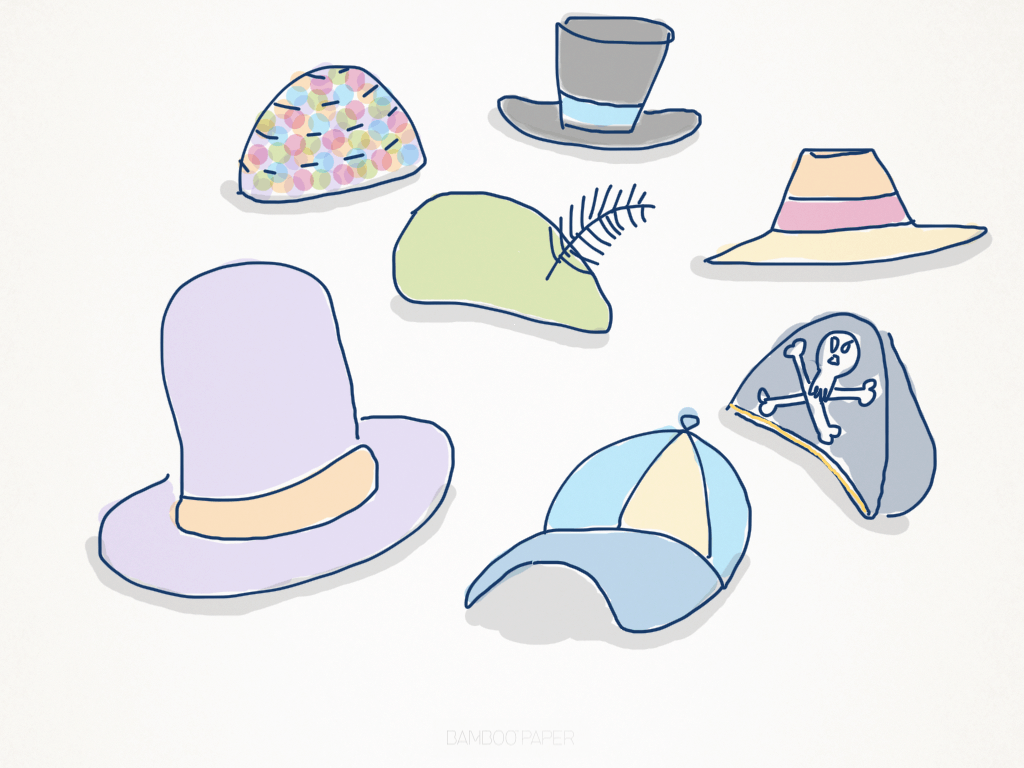At UX Mastery, we receive many emails from people interested in getting into User Experience from outside the industry, from UX generalists looking for inspiration or from UX practitioners wanting to diversify/specialise within UX itself.
A common thread throughout these enquiries, is that UX is still a misunderstood and ambiguous area, full of terminology potholes.
I recently received an email from Cristina, a Visual Effects Designer who was looking for some clarity around the UX roles within the User Experience sphere itself—the specialties within the specialty, if you like. I thought it a valid question, so let me answer it for you here!
Hi there,
I was just reading this article by Matt:
http://uxmastery.com/should-you-become-a-ux-generalist-or-a-ux-specialist/.
I used to be a Visual Effects artist in Film, and when I was prepping for that career, I knew that I would need to choose a specialty if I wanted a major studio to hire me, and I knew what those specialties were (such as Texture Artist, Modeler, Animator, Lighter, Compositor, FX Artist). I also knew the tasks expected within each specialty. But, I don’t seem able to find any articles that explain what the specialties are within UX, and what sorts of things they do. I’ve been Googling this but I must not be looking up the right terms. I so wish I knew the answer to this question. I’m not trying to specialise right off the bat, but I want to know how to “talk the talk”, and understand the areas of focus so that I can see where I best fit in. Is this something that someone on your team could help me with?
Cheers, and btw……such a kickass website!!
Dear Cristina,
When talking about roles within UX, the thing you should remember is that every project is different. The specific UX roles on a project are defined by many factors, including budget, timeframe, the combined experience of the team, organisational culture, support from management, legacy, industry, complexity of the software, personal opinion, and probably a few others that I’ve missed.
Yes, there’s a “best practice” process, but all it provides is a framework that can be implemented in myriad different ways. However, there are some consistent roles/specialisations for a UXer working on a web project, including:
- User Researcher: focuses on tasks such as conducting user interviews, interviews, behaviour analysis;
- Information Architect: focuses on tasks such as how to organise site content, how search should work, what labels to use on menus;
- Content Specialist: focuses on tasks such as copywriting, how to structure content to be deployed on different devices, microcopy on headings & buttons;
- Interaction Designer: focuses on tasks such as what screens should go where in an app, and how a user flows through them. Also transitions between screens, often inspired by real-world paradigms (page curls, sliding windows etc.);
- Visual Designer: focuses on typography, layout, colour, graphics, visual effects, imagery, texture, mood;
- Project Manager: focuses on planning, organising and controlling a project and its team—including UX-related activities;
- Front-end Coder: focuses on writing HTML, CSS, JavaScript code to implement a visual design; and
- Online marketer: focuses on marketing activities like sales copy, conversion rates of landing pages, email campaigns, web analytics, SEO, and integrating sales with blog content.
This is just a brain dump, of course. On some projects, these jobs may be split between two (or even several) people. On other projects, there may be multiple persons in each role. Some organisations may even have a team of folks who specialise in one of these disciplines but are contracted out to other departments, and end up splitting their time between projects.
I’ve had jobs that have given me the opportunity to play in most of these arenas. Earlier in my career I was probably strongest in front-end coding and visual design, but more recently my expertise has been in online marketing and user research.
I hope this helps!
Matt
We would love to hear your experiences/ideas about roles within the UX field. Are there any we have missed?

